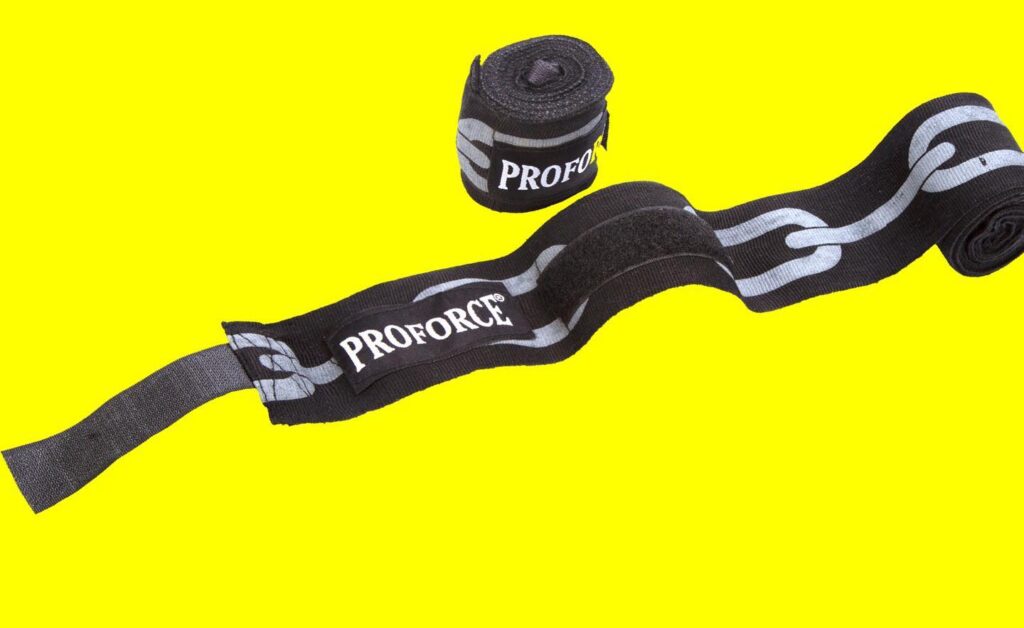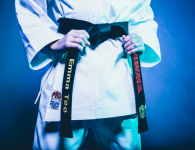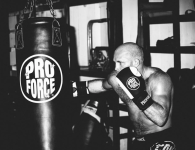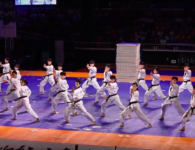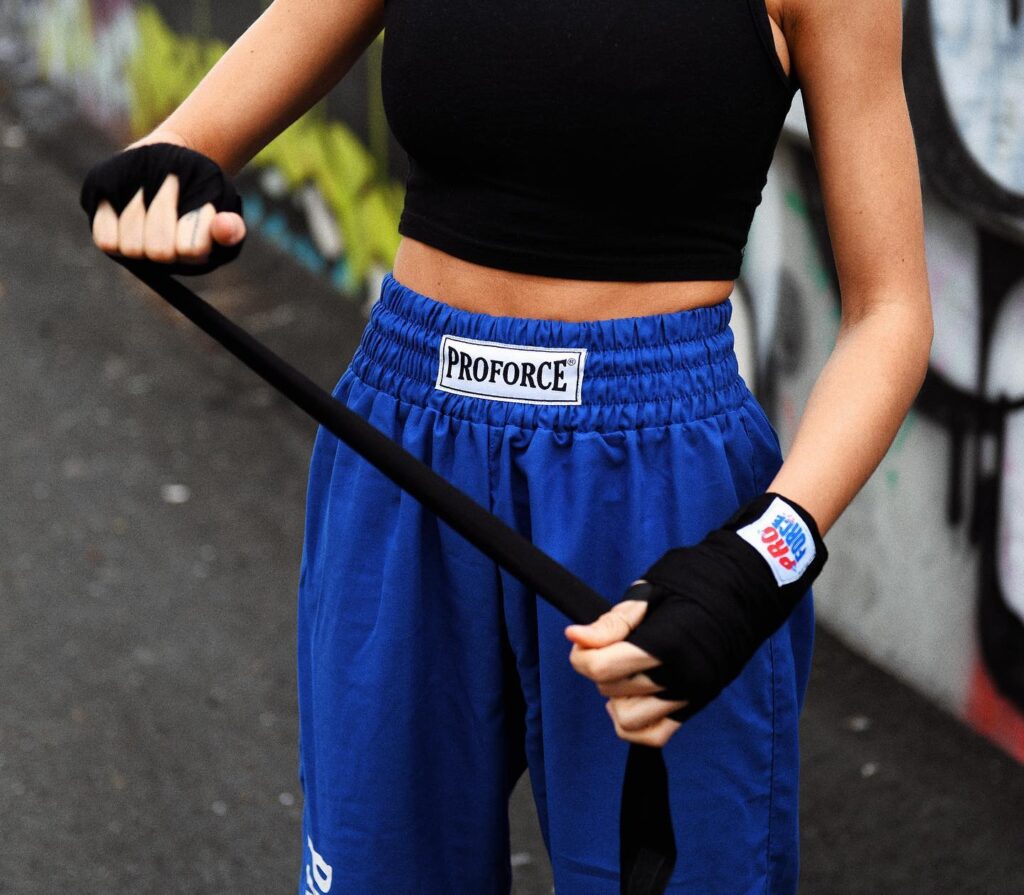
Handwraps are one of the smallest, simplest, and least expensive pieces of martial arts gear, but they’re also one of the most important if you participate in a striking discipline like boxing, Muay Thai, or MMA.
So just what makes these strips of fabric so vital to your health and performance as a martial artist? And how do we get the most out of them? Let’s look at how handwraps work, how to wrap them properly, and how to take care of them.
What are handwraps?
A handwrap, sometimes known as a wrist wrap, is a strip of cloth that boxers fasten around their hands and wrists before putting on their boxing gloves. Today, the most common type of handwraps are made of cotton or bamboo and have a loop at one end and velcro at the other. Worn properly, handwraps protect fighters from injury when they’re throwing punches in training and competition.
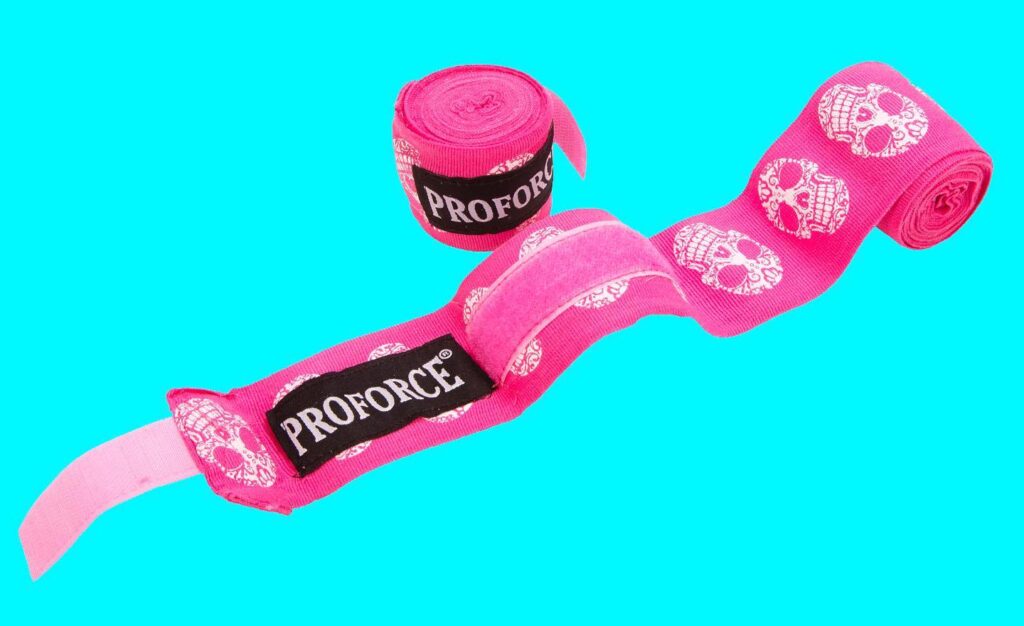
Why should you wear handwraps?
First and foremost, handwraps are protective gear. They’re designed to help insulate all of the small bones and soft tissue in your hands and wrists from the impact of the punches that you throw. They also help you to maintain proper alignment and structural integrity in your fingers and wrists. All of which is crucial to preventing injuries in martial arts and combat sports that involve striking, like boxing, kickboxing, Muay Thai, and mixed martial arts.
In addition to protecting you, though, handwraps can also protect your gloves. An added bonus of using handwraps is that the material soaks up much of the excess sweat that builds up during training and competition. This makes drying and cleaning your gloves a much easer process and can prolong the life of your boxing gloves.
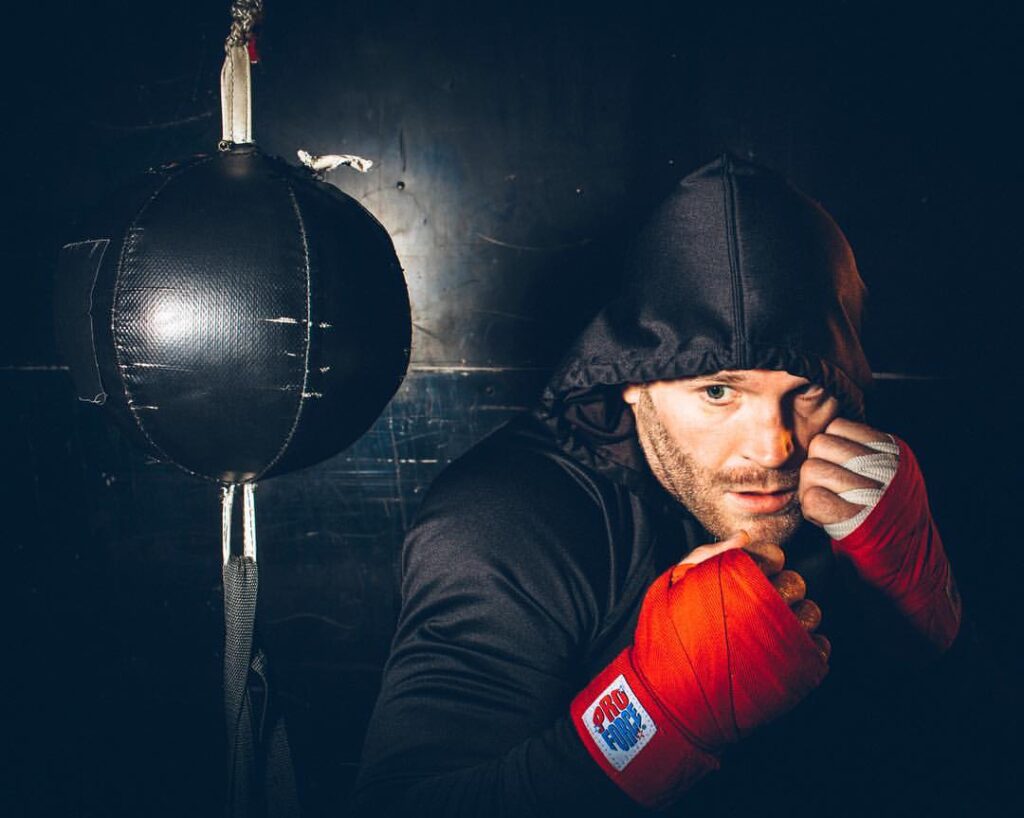
Who should wear handwraps?
If you wear boxing gloves or MMA gloves, and you strike something — like a heavy bag, focus pads, or an opponent — while wearing them, you should be using handwraps. Even if you’re strictly shadowboxing your gloves, you might want to consider using handwraps for comfort. Although people who participate in boxercise or cardio boxing/kickboxing don’t need the same level of protection from injury that people participating in sparring or heavy bag and focus pad work do, some find that wearing handwraps makes their gloves fit a little better — and makes the insides feel a little less slippery with sweat.

How do you wrap your hands for boxing?
There are a number of different methods for handwrapping. Which one will work for you will depend on your hands, your training, your technique, and your personal preference. It’s a good idea to try a number of methods and see what feels best for you.
This common handwrapping technique is a great place to start:
1. Place the loop around your thumb, pulling the handwrap across the back of your hand.
2. Wrap around your wrist three times.
3. Wrap around your palm and knuckles three times.
4. On the third wrap, pull the wrap under your thumb, toward the back of your hand.
5. Pull the wrap between your pinky and ring finger.
6. Wrap around the knuckles and pull under the thumb again.
7. Pull the wrap between your ring and middle finger.
8. Wrap around the knuckles and pull under the thumb again.
9. Wrap between your middle and pointer fingers.
10. Wrap around the knuckles and pull under the thumb again.
11. Wrap your thumb three times.
12. On the third wrap, pull the handwrap upward across the back of your hand to wrap your knuckles three times.
13. If you have any extra length left over, wrap your wrist again until you come to the end.
14. Fasten the wrap’s velcro to keep everything in place.
Are there alternatives to handwraps?
If fabric handwraps aren’t working for you, you do have a few different options for protecting your hands during boxing and other combat sports. For example, professional fighters often choose to use gauze and tape. This is widely considered to be the lightest and most protective way to wrap your hands. It can take a while to master this method, though. That’s part of why you’ll often see the pros getting assistance with their wrapping.
If you’re looking for a more convenient and less complicated alternative, elastic slide-on wraps are a popular option. Elastic handwraps are basically padded skin-tight gloves that you can slide on and off with ease. They’re designed to cover your palm, knuckes, and wrist while also being flexible enough to allow for some ease of movement. They’re not quite as durable as fabric handwraps, because the padding (which can be made of gel or other materials) breaks down a little faster than cotton or bamboo fibres. But elastic handwraps are still a solid investment for anyone who doesn’t know how to wrap their hands using other methods, doesn’t have the time, or doesn’t like the fit.
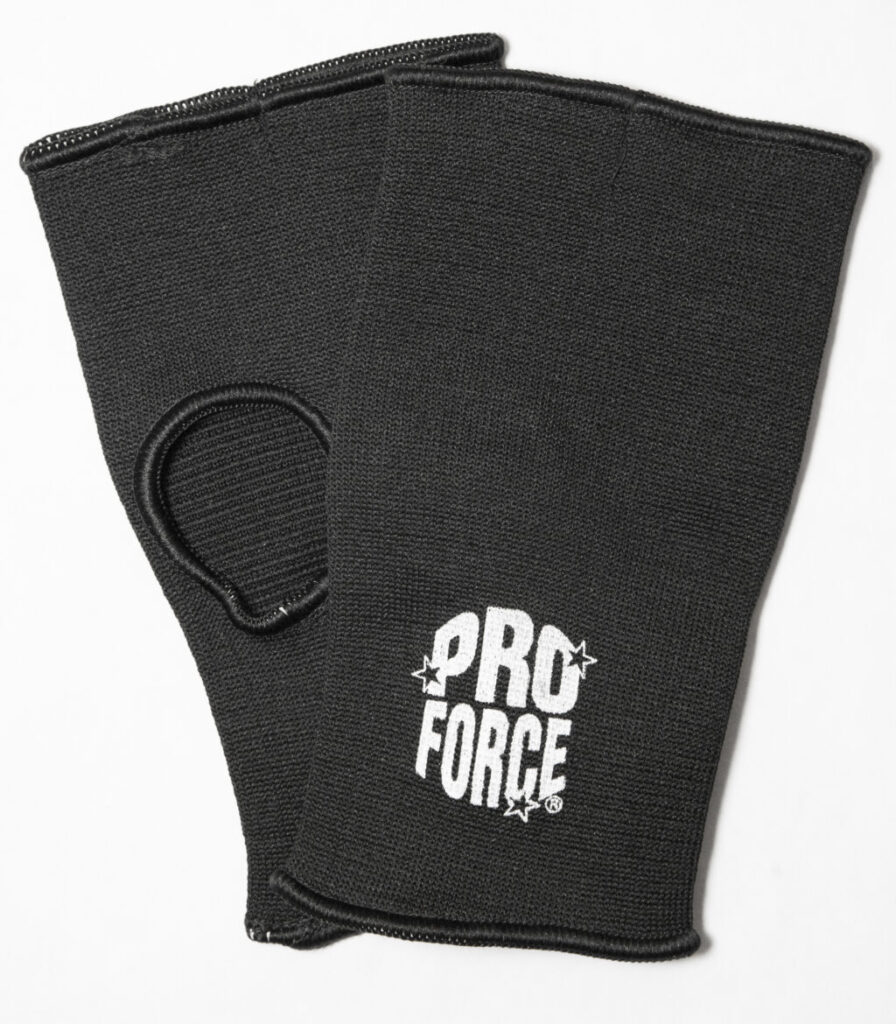
How do you care for handwraps?
Gauze and tape wraps aren’t are not reusable, and can be thrown out after your fight. Cloth handwraps and elastic handwraps are built for long-term use, and can and should be washed regularly for their health and for yours. Handwraps can be washed by hand, or in the washing machine. We recommend using a mesh washing bag like the ProForce® Hand Wrap Wash Bag to protect the wraps and prevent them from getting tangled in the rest of the load. Hang to dry. Once your wraps are completely dry, they can be rolled up and stored away for your next training session.
